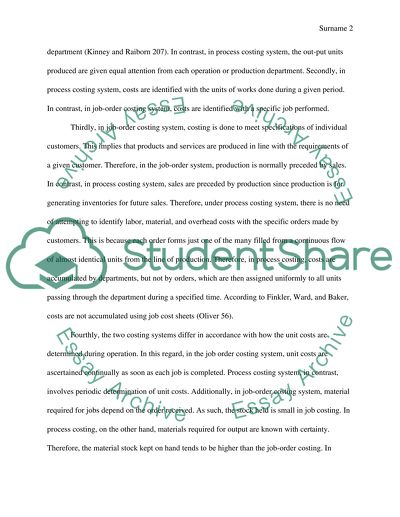Cite this document
(“Job Order versus Process Costing Techniques Research Paper”, n.d.)
Job Order versus Process Costing Techniques Research Paper. Retrieved from https://studentshare.org/finance-accounting/1479646-job-order-versus-process-costing-techniques
Job Order versus Process Costing Techniques Research Paper. Retrieved from https://studentshare.org/finance-accounting/1479646-job-order-versus-process-costing-techniques
(Job Order Versus Process Costing Techniques Research Paper)
Job Order Versus Process Costing Techniques Research Paper. https://studentshare.org/finance-accounting/1479646-job-order-versus-process-costing-techniques.
Job Order Versus Process Costing Techniques Research Paper. https://studentshare.org/finance-accounting/1479646-job-order-versus-process-costing-techniques.
“Job Order Versus Process Costing Techniques Research Paper”, n.d. https://studentshare.org/finance-accounting/1479646-job-order-versus-process-costing-techniques.


